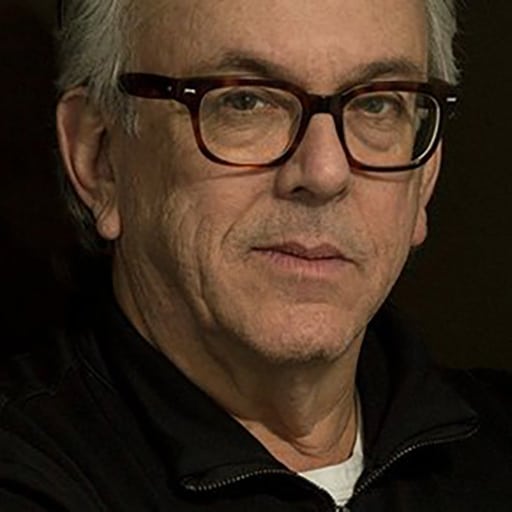In the current exhibition at Sweden House — the Swedish Embassy in Washington, DC — twenty-five examples from the career of a man with exacting vision and precise control of what he chose to photograph is on full display in a space painted black, al...




